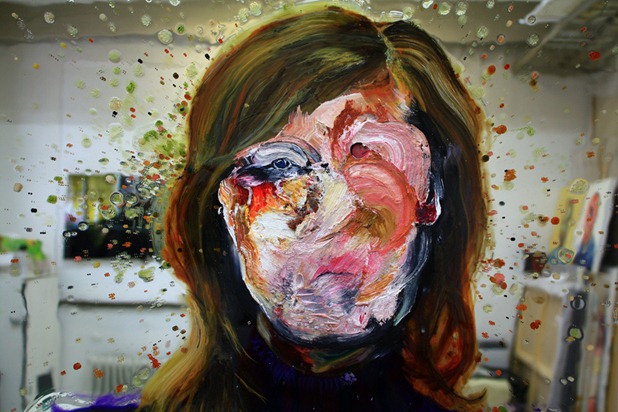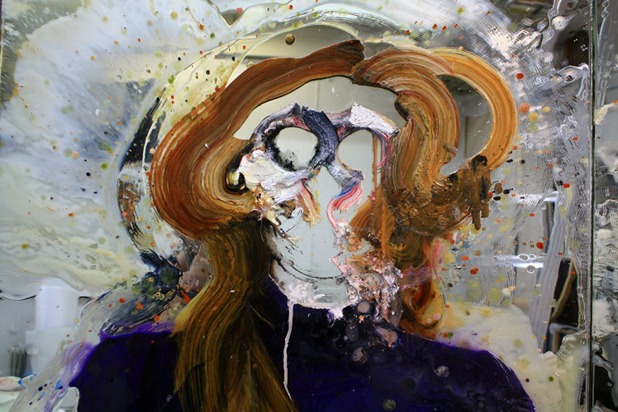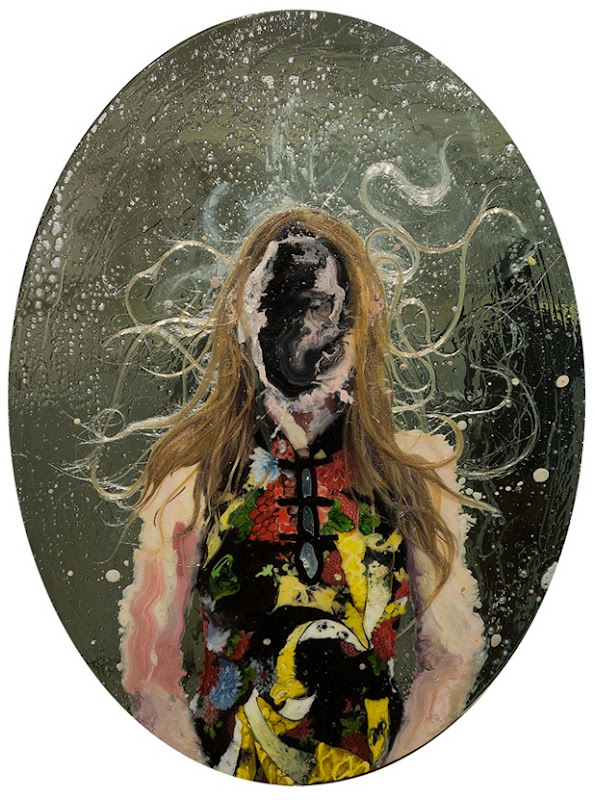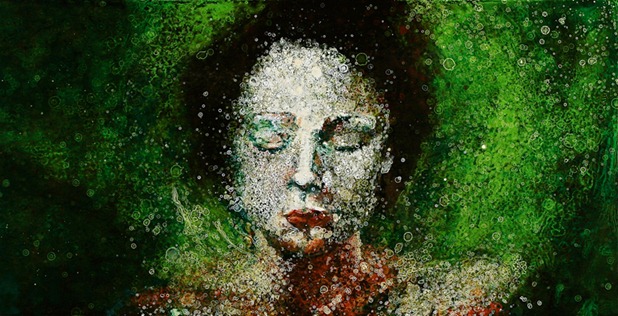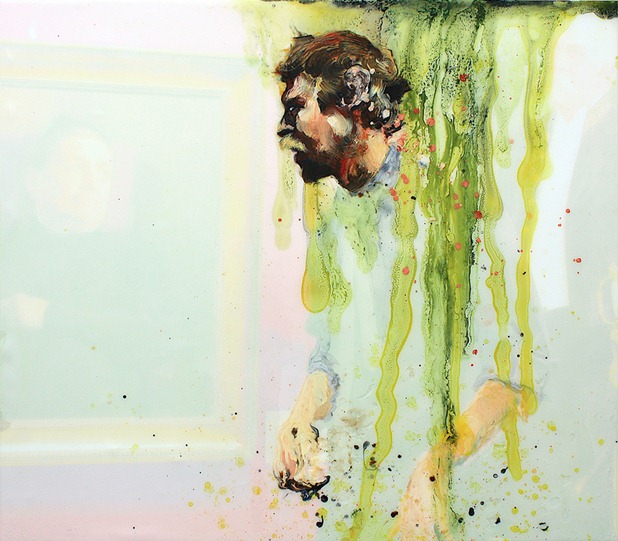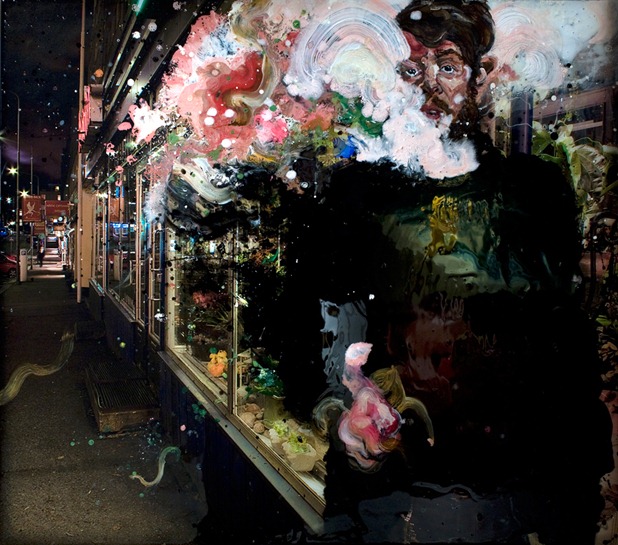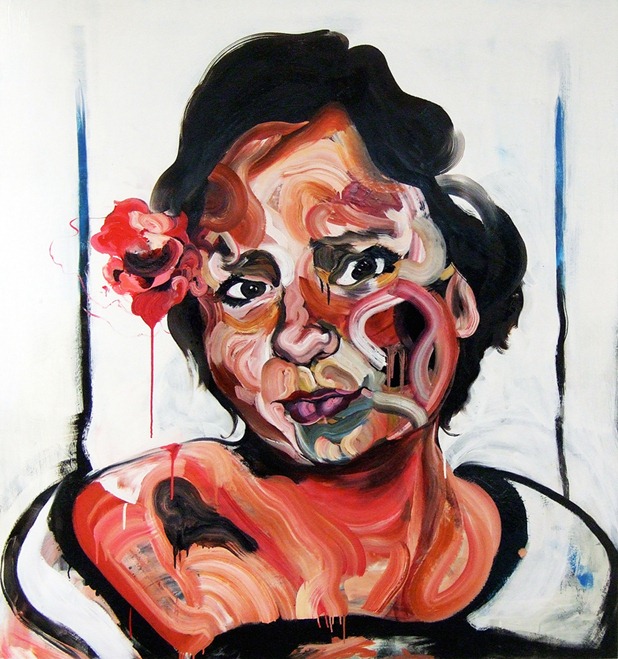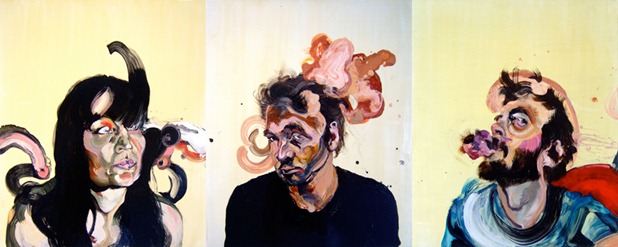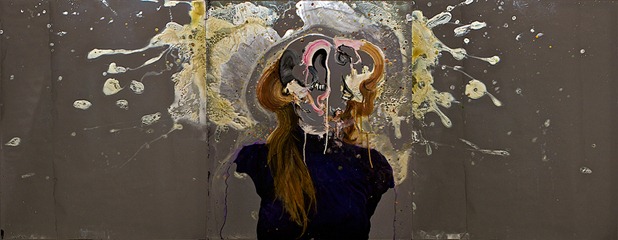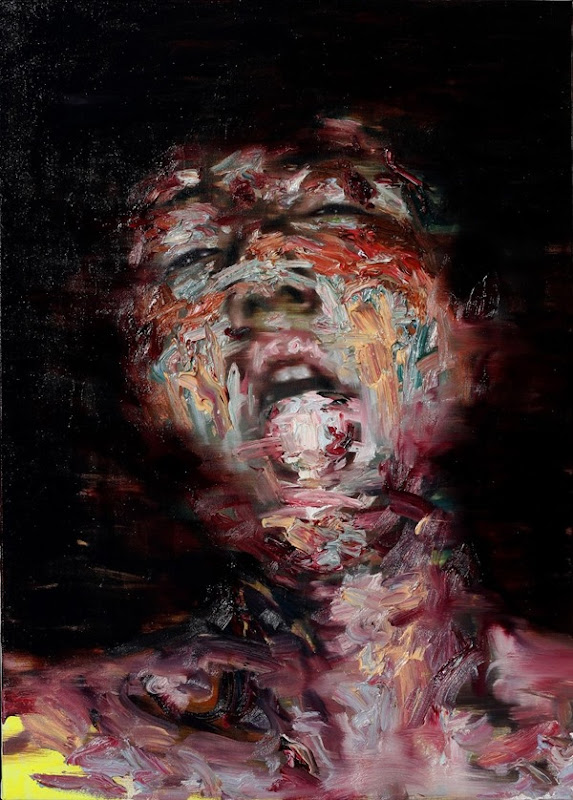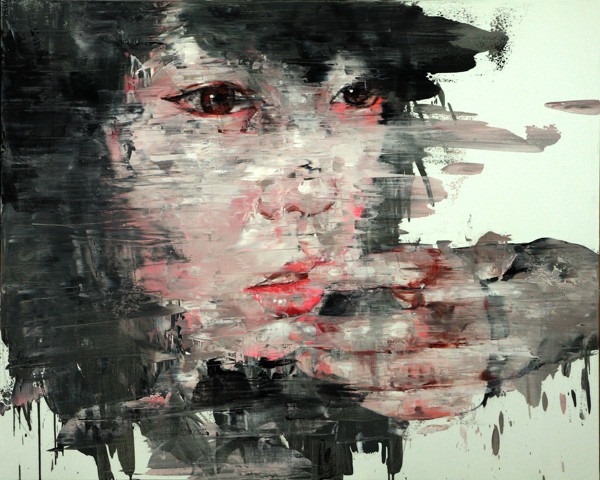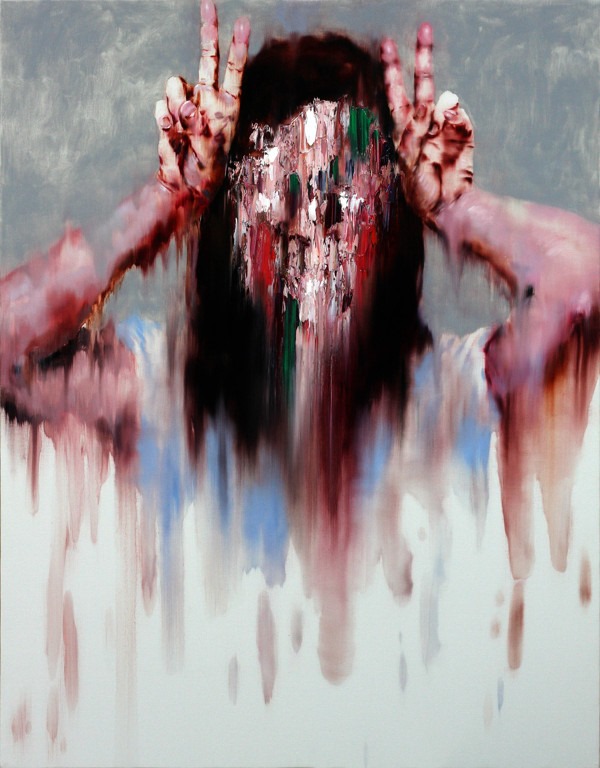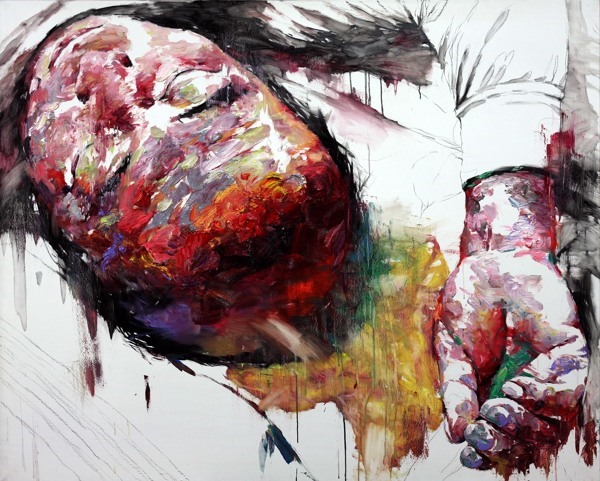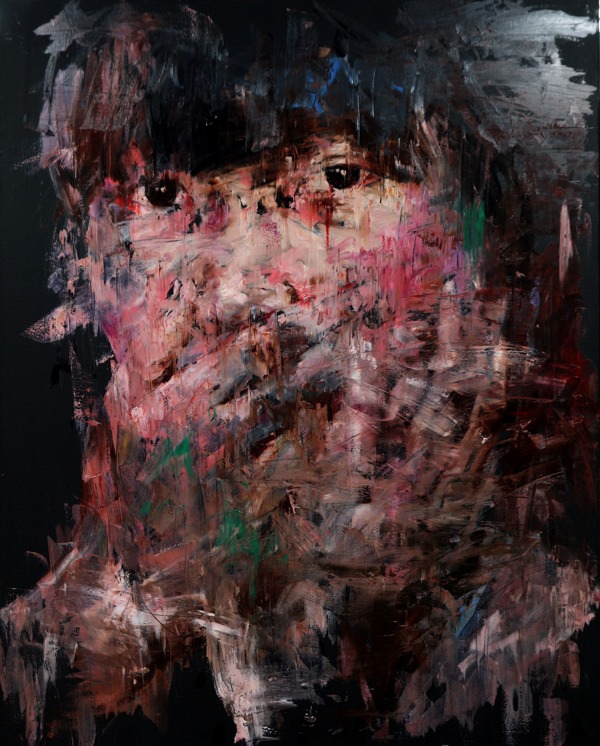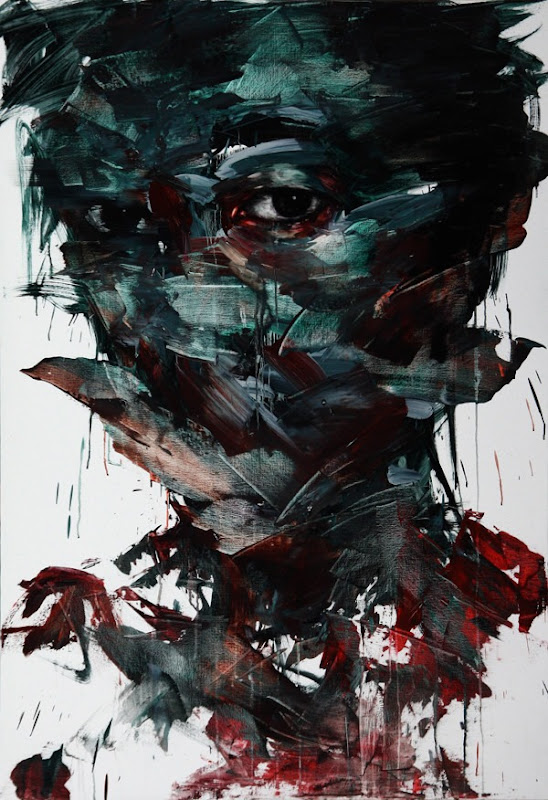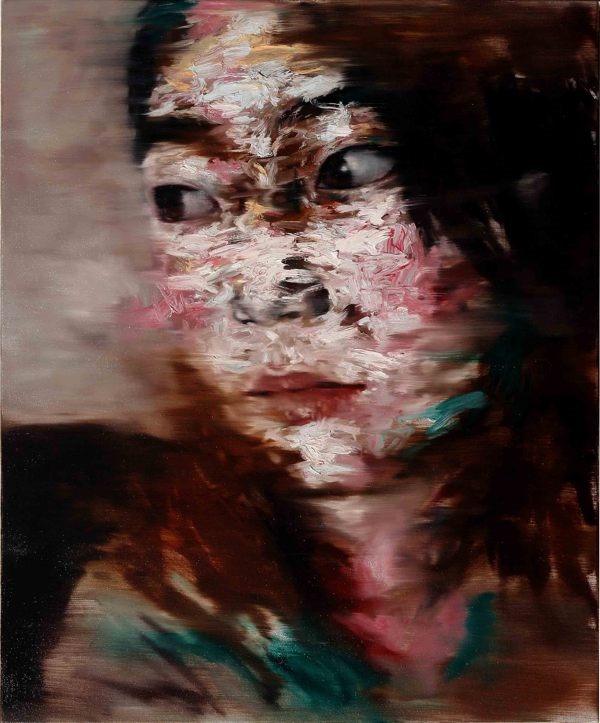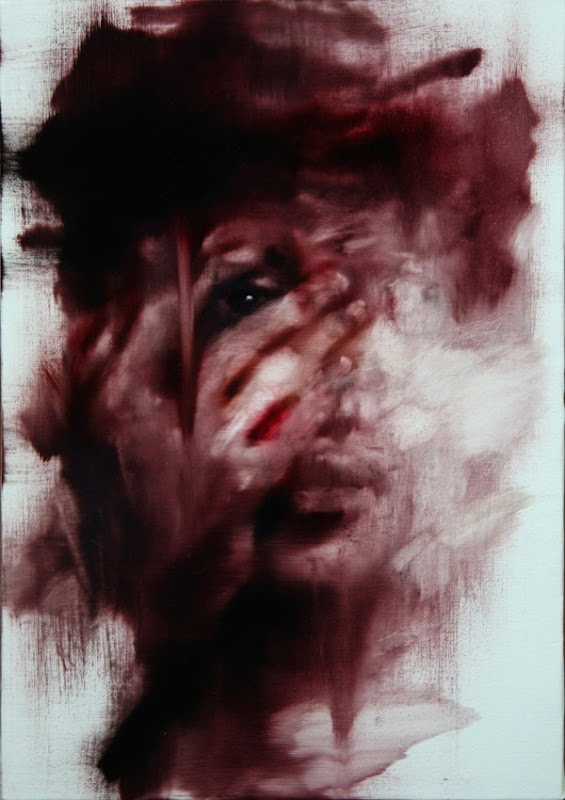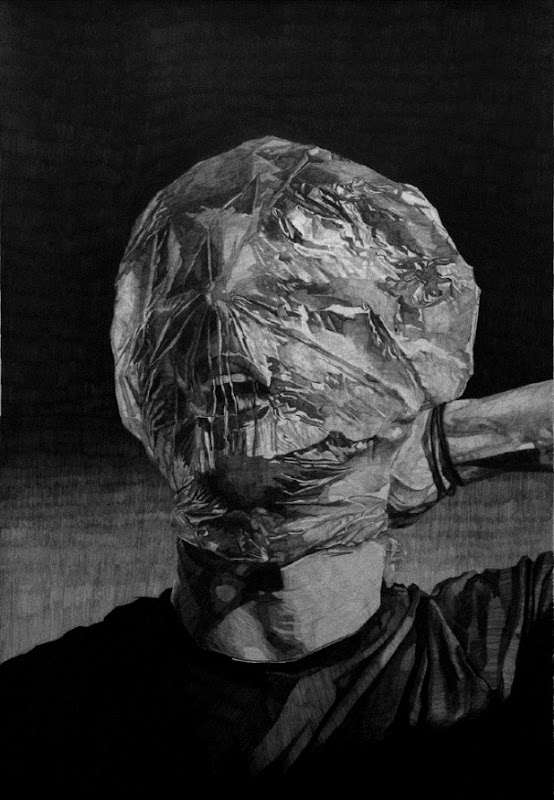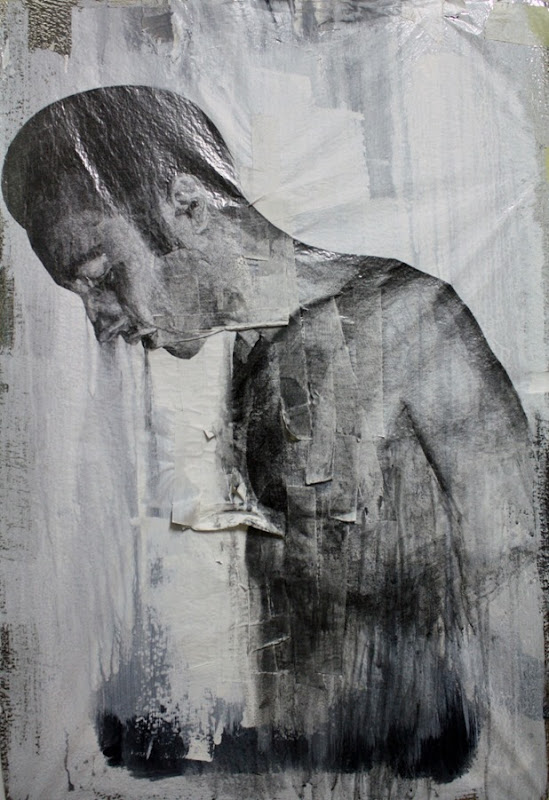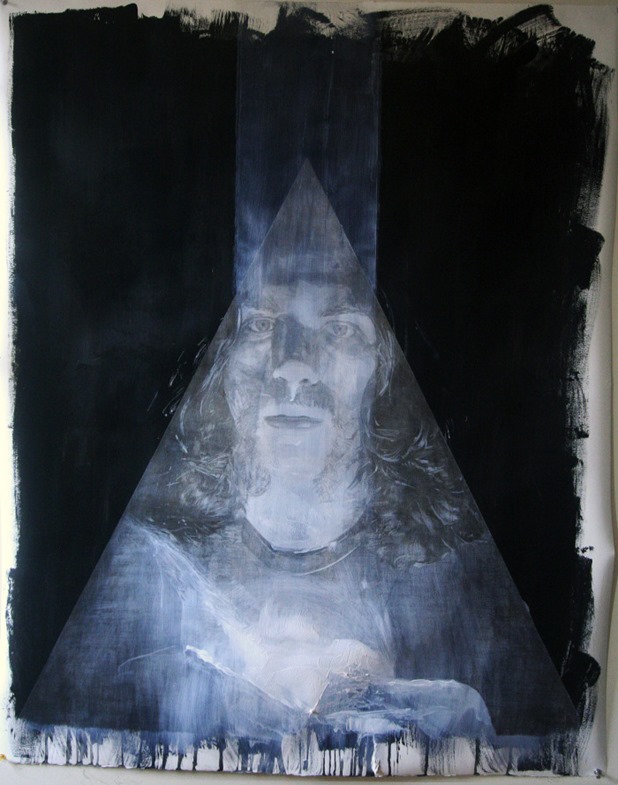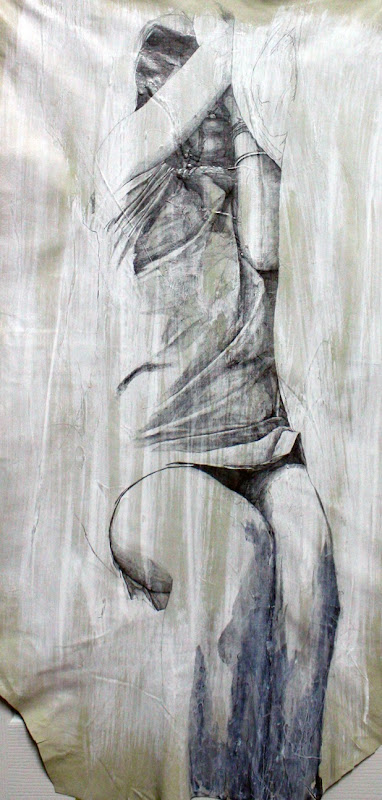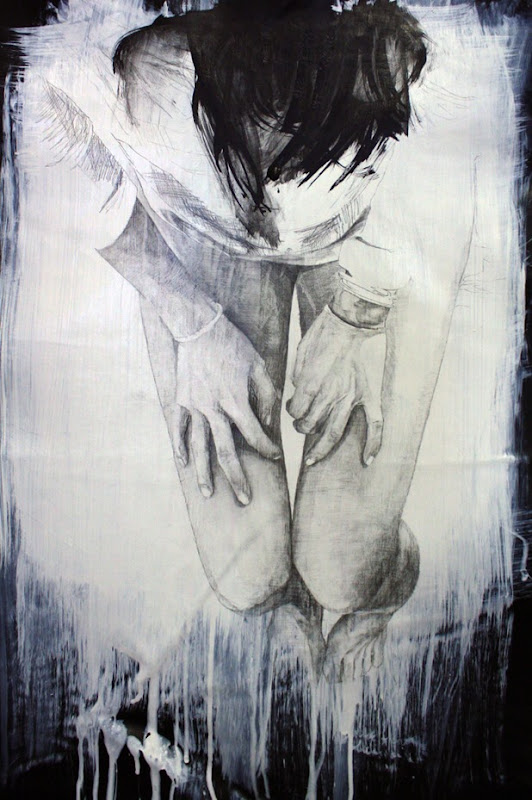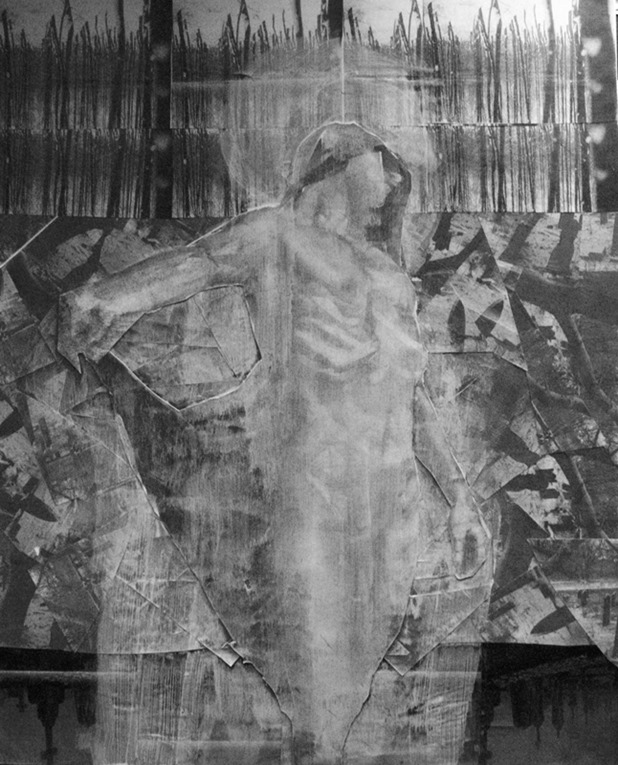The next generation Android PC for your family with a companion parental control mobile app.
We want to provide a simple and effective way for families to take back control of the online experience.
Traditional software or hardware solutions simply block kids from going to certain websites. This is inherently limiting and it also does not address what we believe is a key challenge with kids and the Internet: its addictiveness.
Social networks, apps, video sites and games... kids now have more chances than ever to skip their homework and play online. Parents have previously been relatively powerless to do anything about this - until now.
Social networks, apps, video sites and games... kids now have more chances than ever to skip their homework and play online. Parents have previously been relatively powerless to do anything about this - until now.
What is MiiPC?
MiiPC(tm) is a compact personal computing device that runs on the Android® operating system. Connect MiiPC to a computer monitor (or TV) and instantly turn it into a learning, media and entertainment station. It is designed for large screen connectivity and optimized to provide a true keyboard and mouse experience.
MiiPC(tm) is a compact personal computing device that runs on the Android® operating system. Connect MiiPC to a computer monitor (or TV) and instantly turn it into a learning, media and entertainment station. It is designed for large screen connectivity and optimized to provide a true keyboard and mouse experience.


Running the latest version of Android's Jelly Bean 4.2 OS, the MiiPC user can surf the web, play games, watch videos, edit documents, and run Android apps. You can even let MiiPC be your host for a family movie night. Just hook up your big screen TV using our built-in HDMI output and use Netflix or other popular apps to watch your favorite flicks. Simply set up different user accounts for each person in your family and each user will have their own private MiiPC desktop.

Companion Mobile App (iOS and Android)
A companion mobile app provides parental control for MiiPC. You can set guidelines for kids' online activities and get real-time monitoring. Help keep your children safe and eliminate everyday hassles by defining who gets to use the device at what time and specifying the apps & websites that your kid can access.

Making sure your kids do their homework (and have time to play games too!)
Kids - and parents - often do not realize how much time they spend on each website or app. Even more concerning a parent may not even know what their kids have been doing online. There is an amazing wealth of good and valuable information. But there are also a lot of places you would never want your kids to visit.
MiiPC provides the necessary tools to help parents meet these challenges and create a safe and relaxed environment for your family computing.
MiiPC adapts to different ages of children really well. The built-in time management feature allows older children, such as those in high school, to become more productive by providing feedback on their usage. And for the younger kids mobile controls give parents the ability to structure a nurturing and safe environment with real-time monitoring.
MiiPC provides the necessary tools to help parents meet these challenges and create a safe and relaxed environment for your family computing.
MiiPC adapts to different ages of children really well. The built-in time management feature allows older children, such as those in high school, to become more productive by providing feedback on their usage. And for the younger kids mobile controls give parents the ability to structure a nurturing and safe environment with real-time monitoring.


Why we as parents needed to create MiiPC
We have created MiiPC as parents first. We want our children to enjoy the fruits of the internet, knowledge, apps at their finger tips and for them to relax playing suitable games. But we also don't want them watching disturbing videos or play violent games that could cause nightmares. You would think twice about letting young kids even see the darker Harry Potter movies, so why shouldn't you take the same approach online?
"Our mission is to create a simple and effective way for families to take back control of online experiences, letting MiiPC create a safe and relaxed environment for your family computing"

The Technical Bit
Desktop Computing Experience:
- Powerful and optimized for fast internet surfing, an accurate web experience (instead of mobile sites with big fonts) flash content support, customize your own desktop, drag & drop ... and more
- Large screen monitor that gives true desktop PC resolution (up to 1920x1080)
- Multiuser log-in for family members (or you can use this as a public kiosk for visitors)
- Super smooth movie and video playback using the latest Android Jelly Bean 4.2 OS
- Miracast Receiver - remote wireless display video feeds from Miracase enabled devices (tablets, phones) through MiiPC to the big screen (Monitor or TV)
- Free bundled productivity software such as KingSoft Office suite, Splashtop2 to connect to other PC or Mac, eReader, Multimedia players... and more
Technical Specifications:
- Processor: Marvell® New Armada® Dual Core 1.2GHz SoC / Memory: 1GB RAM (option to 2GB shall be provided)
- Storage: 4GB Internal Flash (expandable via SD Slot and USB port)
- Connectivity: WiFi (802.11 b/g/n), 10/100Mb Ethernet, and Bluetooth® wireless technology (4.0)
- I/O: 2 USB 2.0 Ports, Speaker & Microphone Jack, HDMI (1080p/720p) output
MiiPC includes Main Unit, Power Adapter, and Quick Guide. (Keyboard, Mouse, Monitor and HDMI cable sold separately)
Here is what the press is saying about MiiPC

Timeline:
Our production schedule is as follows:


The Team:
Our core management team collectively have more than 75 years as professionals in the computer industry. We have experience as founders of several successful startups. Our expertise spans hardware and software systems and consulting for large scale projects including some Fortune 100 companies. We designed these hardware and software (backend and apps) by ourselves and products shall be made in Korea. We know what it takes to bring a project home. And we all have families and kids - some are all grown-up and some are just starting out. So we certainly have firsthand experience in dealing with these problems.
---
Trademark Disclaimer: MiiPC(TM) and its logo are trademarks of ZeroDesktop, Inc. The Bluetooth® word mark is registered trademark owned by Bluetooth SIG, Inc. Google and Android are registered trademarks of Google Inc. Marvell and Armada are registered trademarks of Marvell Technology Group Ltd. Other trademarks are those of their respective owners.
Risks and challengesLearn about accountability on Kickstarter
Making affordable computing has always been our vision. Our founder - Young Song has successfully co-founded eMachines, the low-cost computer brand that pioneered affordable PC ownership and Internet adoption for consumers, and NComputing that leverages PC power and cloud computing to create a shared computing resource that connects multiple users at a low cost. Designing projects and working with manufacturers to bring out products to the masses is in our blood. We founded ZeroDesktop Inc. 3 years ago to bring cloud computing and unified workspace to individual and families by building up our sophisticated back-end infrastructure which becomes the foundation of MiiPC infrastruture.
Today we have a fully functioning MiiPC device prototype completed with working server and client architecture. We're refining the MiiPC front end user interface. The app itself is nearly finished and we have already overcome the most difficult technical challenges.
Below are a couple of remaining challenges that we will tackle:
Below are a couple of remaining challenges that we will tackle:
- Regulatory certification (e.g. CE, FCC)
We expect MiiPC will be shipped worldwide through the Kickstarter project. We will be required to go through necessary regulatory certifications such as CE and FCC for the regional market. Though we are familiar with the regulatory certification process, there could be risks that the certification may take longer than expect, which could potentially cause project delay.
We expect MiiPC will be shipped worldwide through the Kickstarter project. We will be required to go through necessary regulatory certifications such as CE and FCC for the regional market. Though we are familiar with the regulatory certification process, there could be risks that the certification may take longer than expect, which could potentially cause project delay.
- Procurement delay in certain electronic components
We have finalized our hardware bill-of-material for the MiiPC platform. Depends on the initial shipping volume, different electronic components may have different lead-time for different volume purchase. There could be risks that certain components may experience longer lead time than expected and potentially cause project delay.
We have finalized our hardware bill-of-material for the MiiPC platform. Depends on the initial shipping volume, different electronic components may have different lead-time for different volume purchase. There could be risks that certain components may experience longer lead time than expected and potentially cause project delay.
We are passionate about this project. We are committed to providing the next generation family PC into your hands from July15th. So please go back to the top of the page and pledge now.
Thank you!
